How to freeze mizuna and 5 recipes! [Explanation with photos! ]

Did you know that freezing mizuna can preserve its nutrients for a long time?
In winter, I think there will be more opportunities to pick up mizuna, which is cheaper, instead of lettuce and cabbage, which are more expensive.
Mizuna, which does not have a long shelf life, is a vegetable that is difficult to store, either because there are too many of them, or because they are sold at a low price and you end up buying too much.
If you have a large amount that you won't be able to use up, we recommend freezing it.
We will introduce convenient freezing methods and recommended recipes to help you enjoy the rich nutrients of green and yellow vegetables during winter.
目次
Benefits of freezing mizuna
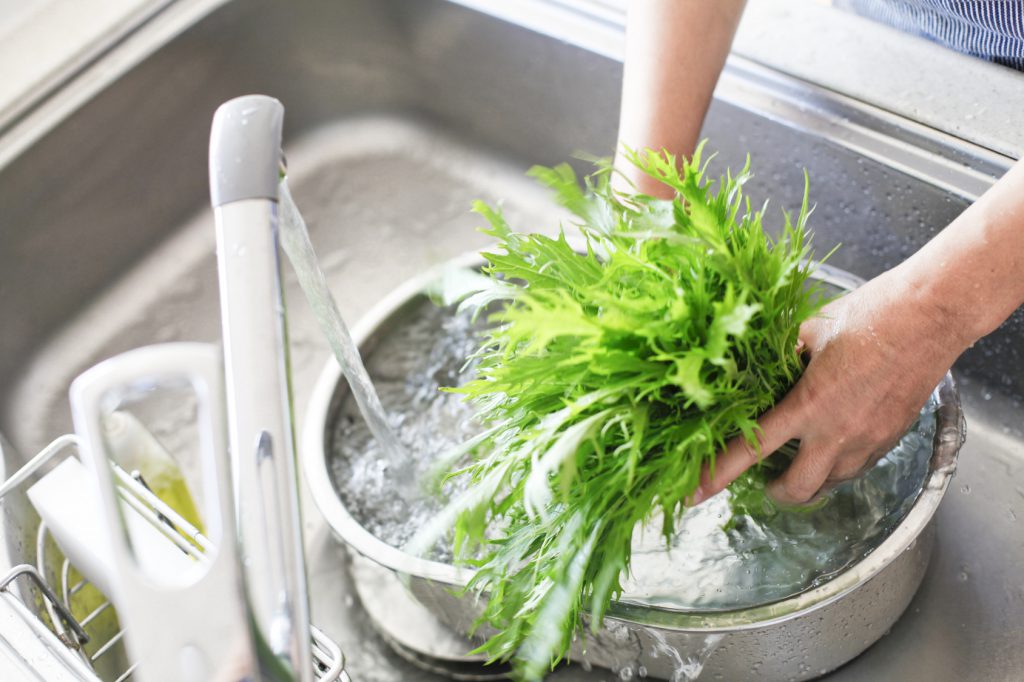
Freezing mizuna allows you to preserve it for a long time while slowing its loss of freshness and nutrition.
If stored in the refrigerator, the color may change over time, and the leaves may dry out and become pliable.
As the freshness of the food decreases, the nutrients will also be lost little by little.
By freezing food while it is still fresh, you can delay the loss of freshness and nutrients.
Mizuna (mizuna), which can only stay fresh for about 2 to 3 days when stored in the refrigerator, can be kept fresh for up to a month by freezing it, which is a great benefit.
How to freeze mizuna (mizuna)
How to freeze raw mizuna
This is the recommended method as it is easy to freeze.
Chopped and frozen is convenient because you can use it as is when you want to add seasoning or color.
1) Wash mizuna carefully.
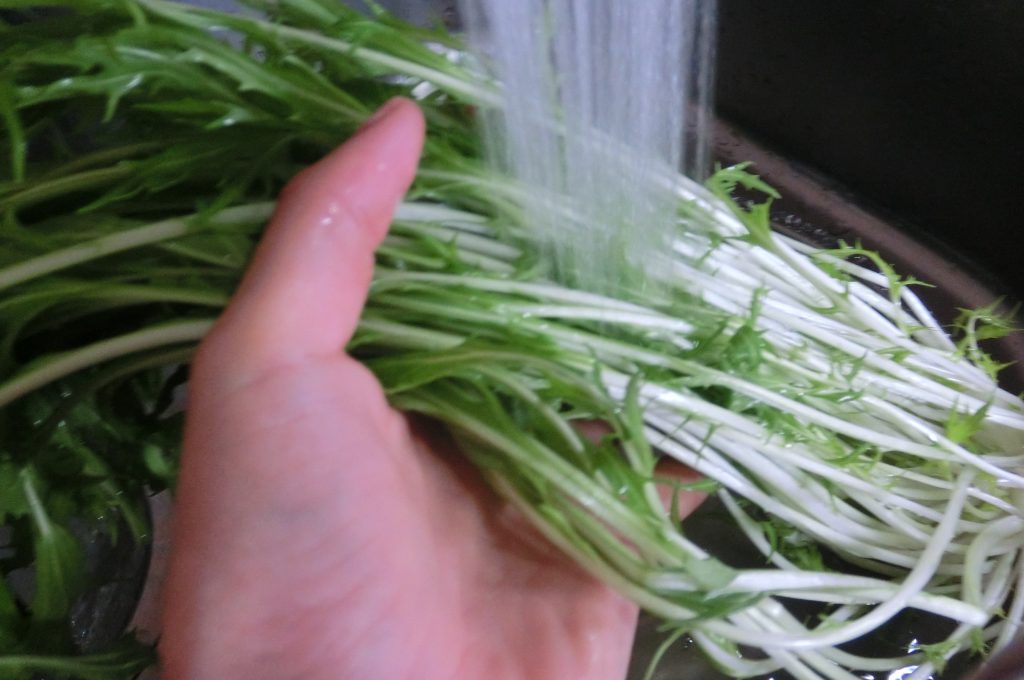
Alley vegetables may have soil stuck to their roots, so be sure to wash them thoroughly.
2) Wipe off the moisture thoroughly.
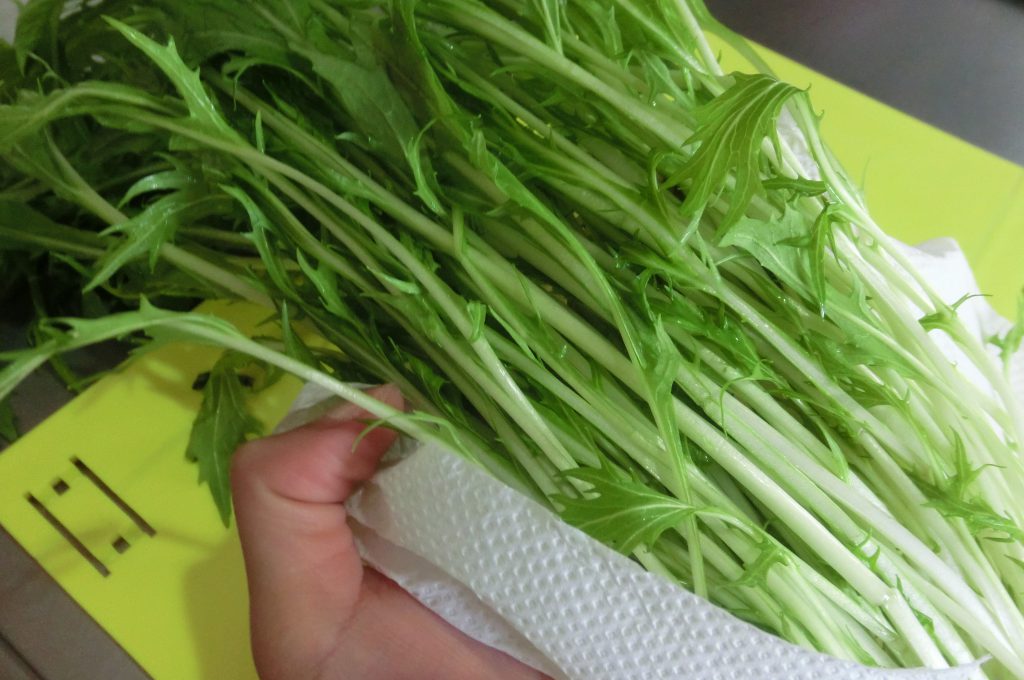
If you cut the mizuna with water still on it, the vitamins in the mizuna will dissolve into the water, so wipe it off carefully.
3) Cut off the root and then cut into convenient sizes.
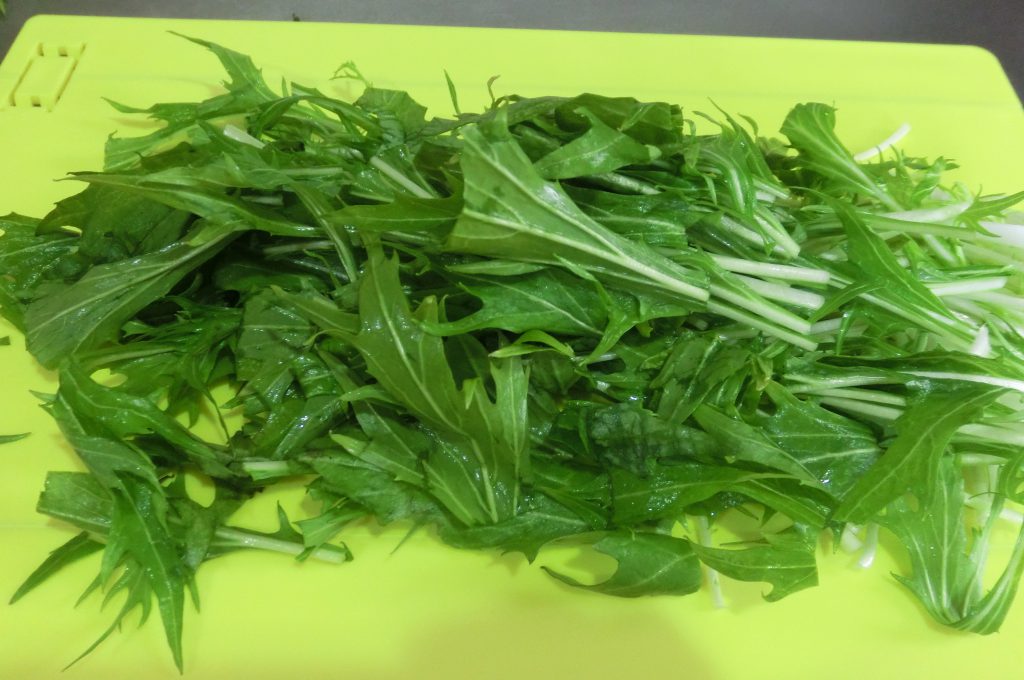
If there is any water left, wipe it off again to prevent the mizuna from sticking together when frozen, making it easier to use.
4) Place in a ziplock bag with air and shake gently to break up the mizuna.
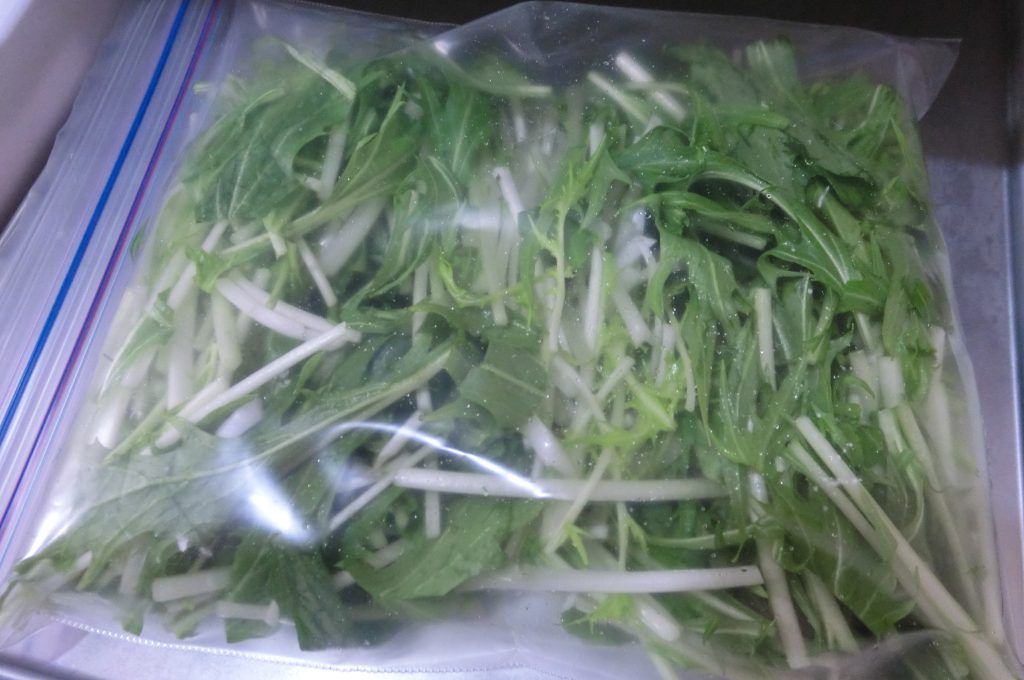
5) Freeze the food at a low temperature as quickly as possible by using rapid freezer of the refrigerator or by increasing the freezer setting.
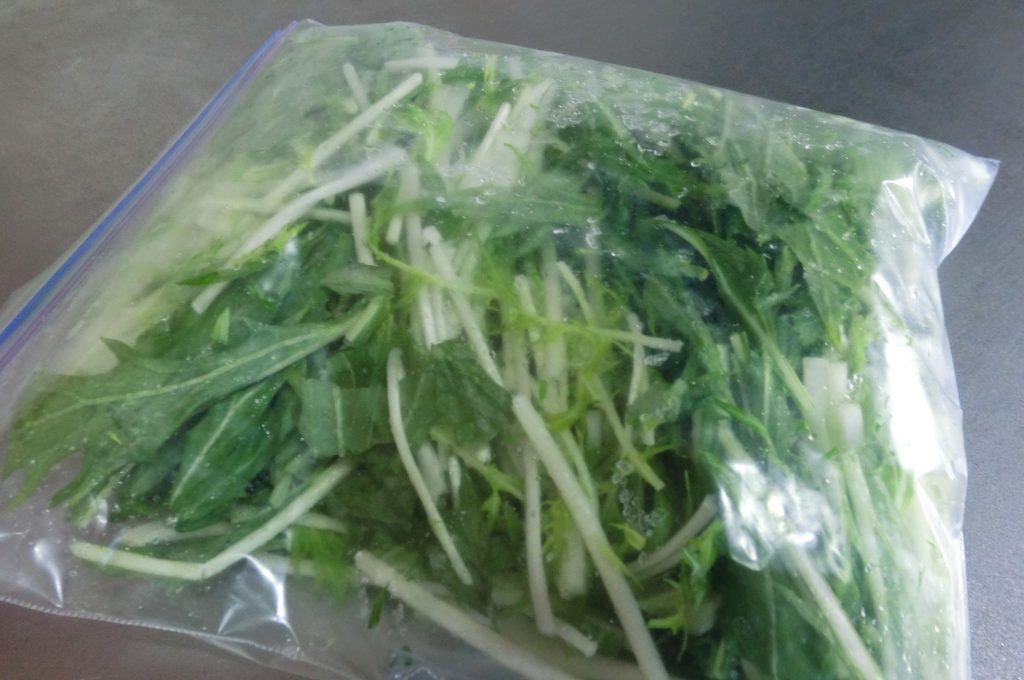
6) After about 2 hours, when it is semi-frozen, squeeze the Ziploc bag to loosen the mizuna and put it back in the freezer.
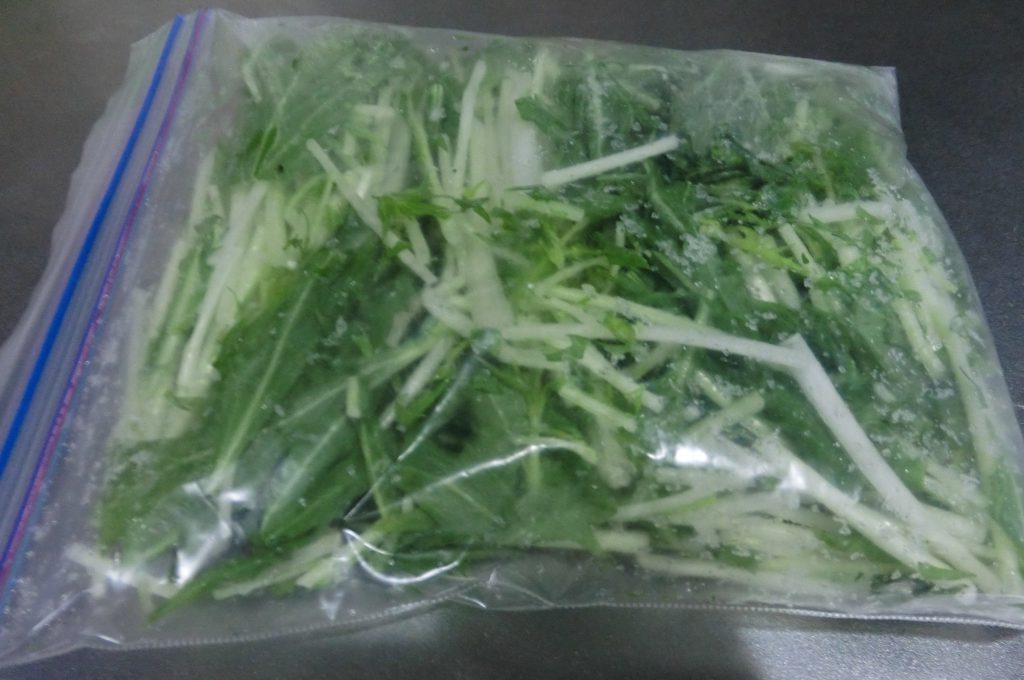
You don't have to go through this step if you don't feel like it, but you can freeze the mizuna in pieces, which makes it easier to take them out when you need them.
7) Once the mizuna is completely frozen, remove the air from the Ziploc bag and store it in the freezer.
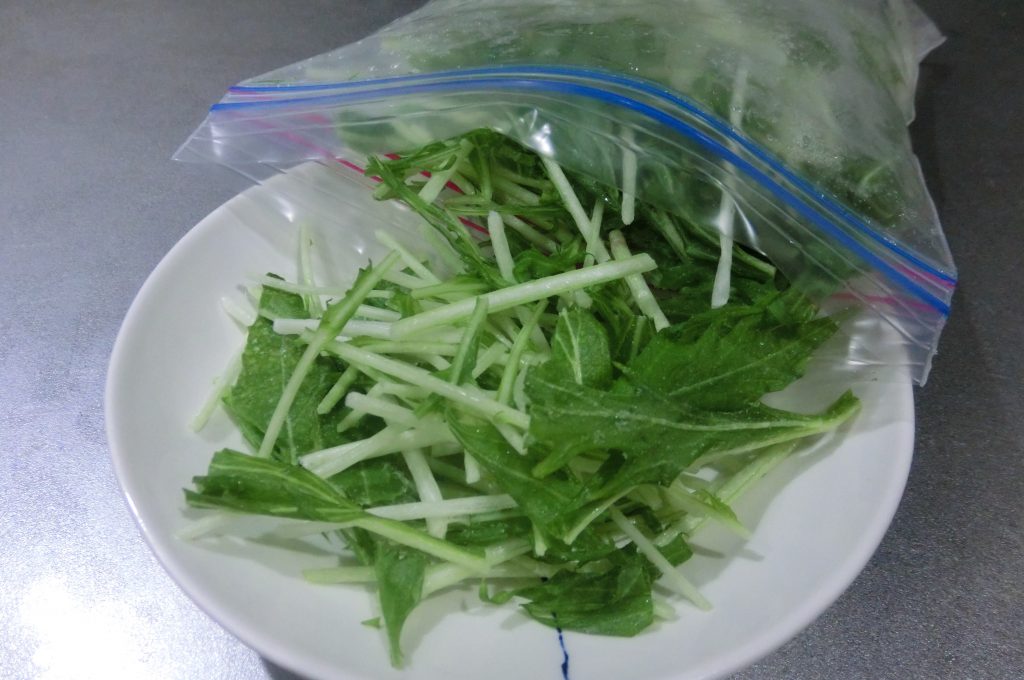
How to boil mizuna and then freeze it
Even if you have a large amount, you can freeze it without adding bulk, so this is a recommended method when you don't have much freezer space.
1) Wash the mizuna.
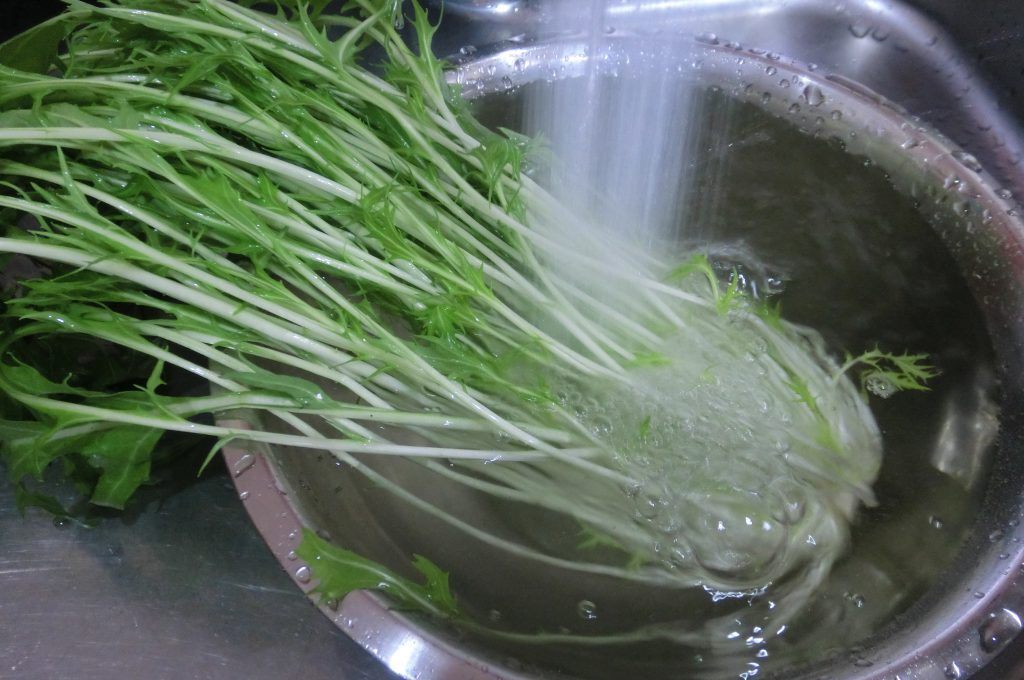
2) Boil water in a pot and quickly boil the mizuna.
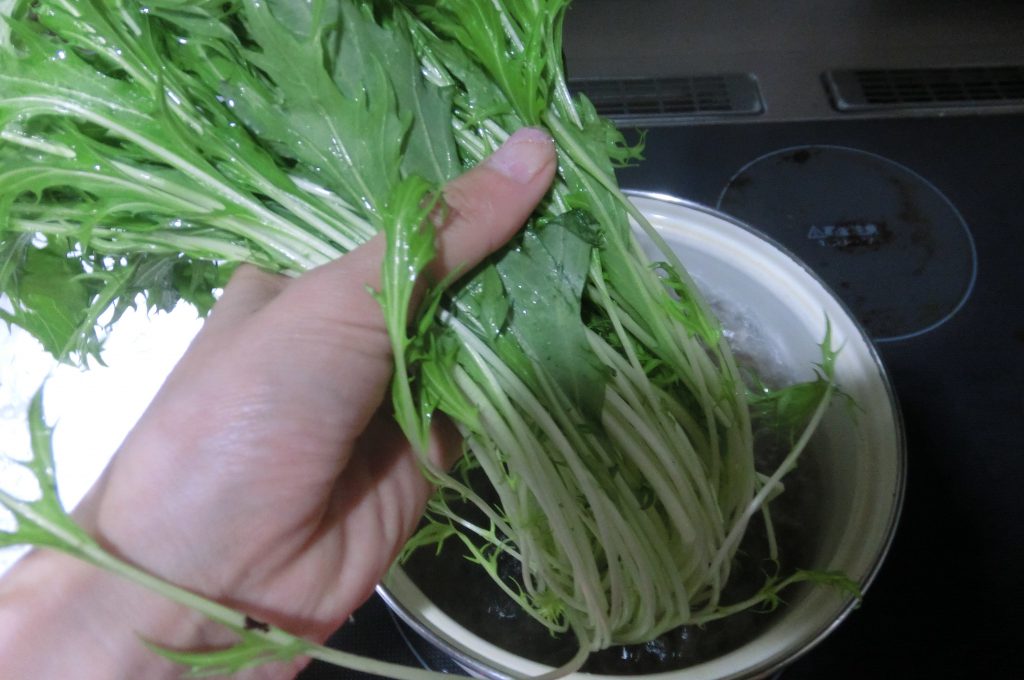
If you boil it for a long time, the nutrients will dissolve into the water, so as long as you boil it for a really short time, you'll be fine.
3) Squeeze the mizuna, remove the roots, and cut into easy-to-use pieces.
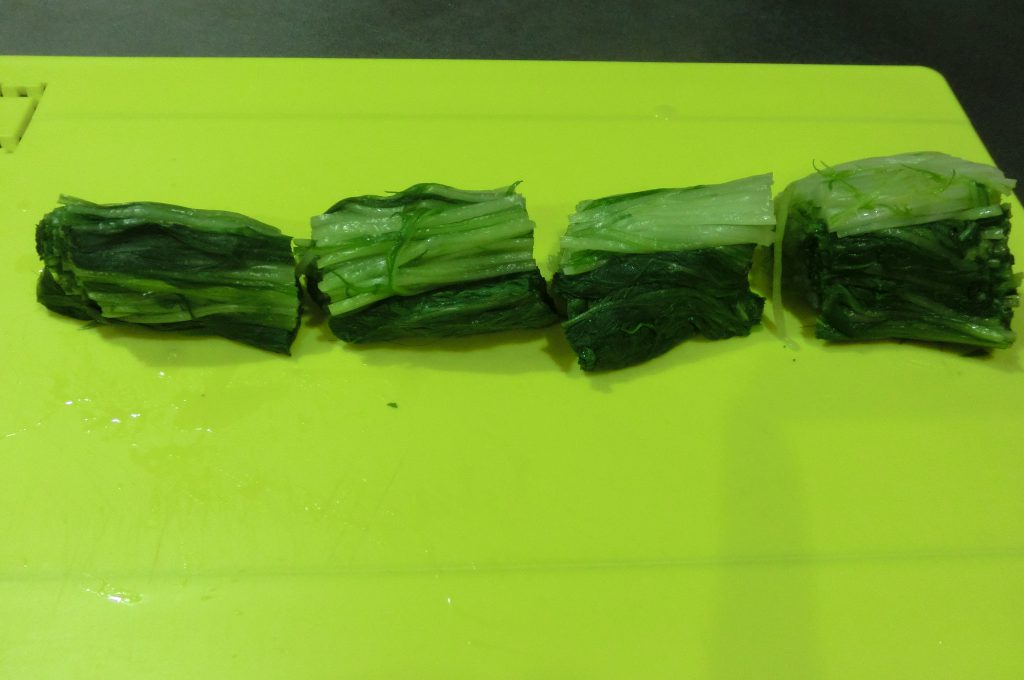
4) Squeeze out the water again, wrap each serving in plastic wrap, divide into small portions, and place in ziplock bags to remove air.
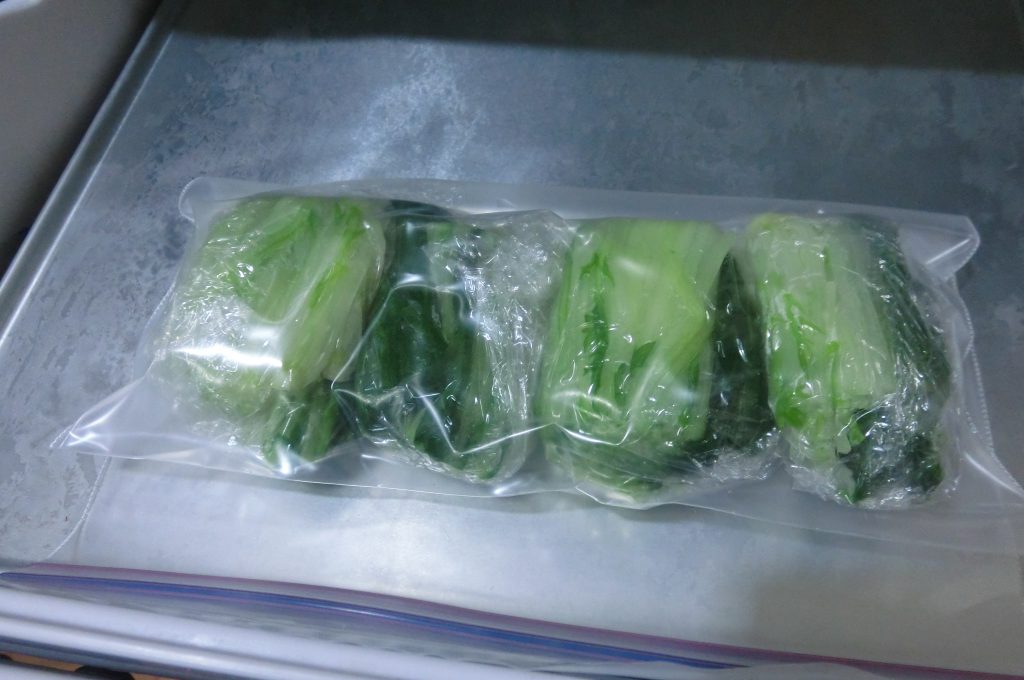
5) Freeze the food at a low temperature as quickly as possible by using rapid freezer of the refrigerator or by increasing the freezer setting.
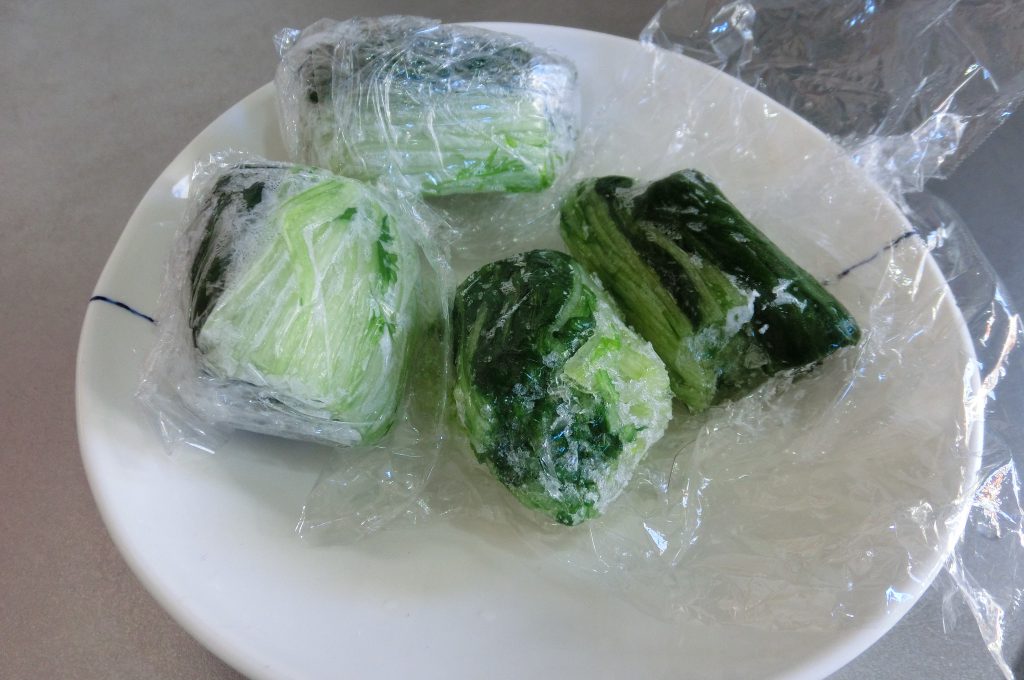
You can freeze food at a lower temperature, faster and more deliciously by placing a metal bat or aluminum foil over it.
How to thaw frozen mizuna and how long it can be stored
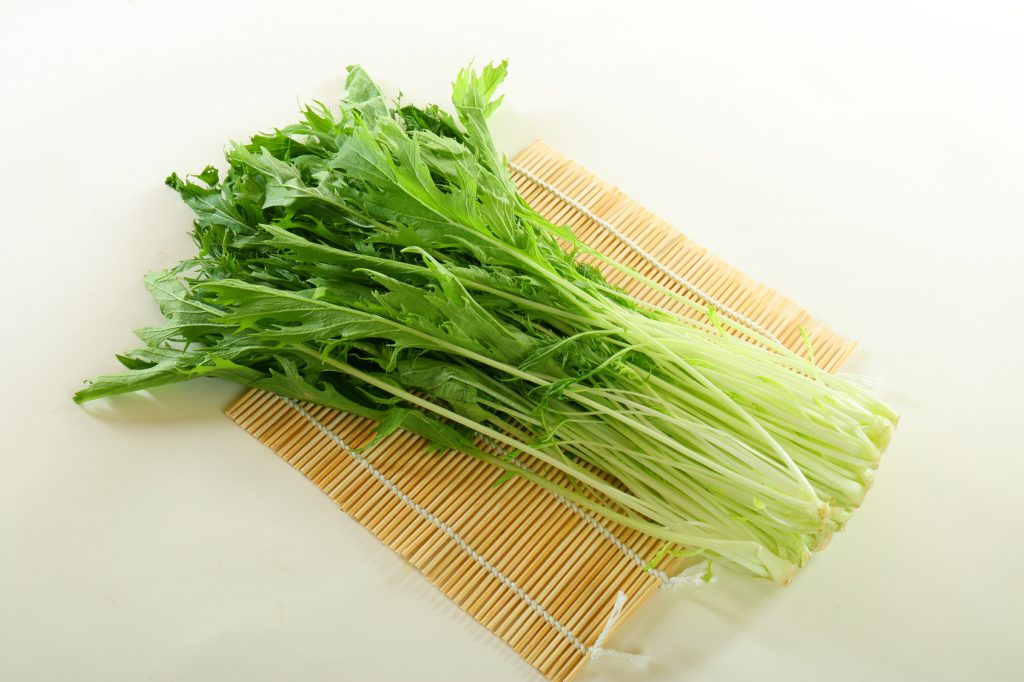
How to thaw frozen mizuna
Frozen mizuna is basically used for cooking as is.
Nutrients such as water-soluble vitamins are dissolved in the water that comes out when the food is thawed, so we recommend cooking it in a hot pot or making miso soup.
Cooking with oil improves the absorption of fat-soluble vitamins such as carotene, which is abundant in mizuna.
If you want to use boiled and frozen mizuna for dipping, etc., you can let it thaw naturally, but the cells will be damaged and it will be more susceptible to damage, so be sure to eat it all within the same day.
Storage period of frozen mizuna
Mizuna can be frozen for about a month.
However, once thawed, it cannot be refrozen, so please take out one serving at a time and return the rest to the freezer immediately.
>> 3 points to keep in mind when preserving vegetables
A nutritionist explains! About the nutrition of mizuna

Mizuna nutrition
Mizuna contains vitamin C and vitamin E. Vitamin C is sensitive to heat, so if you want to eat it raw or cook it, it's best to cook it quickly instead of boiling it.
The key to preserving the crunchy texture that mizuna is known for is not to overcook it.
Mizuna is antibacterial and suppresses odor.
Mizuna contains a spicy ingredient called allyl isothiocyanate. It contains the same spicy ingredient found in wasabi, and has antibacterial properties.
It is effective against various things such as E. coli and mold. It also has the effect of suppressing trimethylamine, which is the cause of the fishy odor of fish, so cooking with it will suppress the fishy odor.
Keep your bones and teeth strong with mizuna!
Mizuna has a lot of calcium, about twice as much as milk, and about 1.2 times as much as komatsuna, which is said to have the highest amount of calcium among vegetables.
Calcium is a nutrient that not only helps the growth of bones and teeth, but also is necessary for communication between brain cells and nerve cells. Instead of getting calcium from the same foods, try to get calcium from vegetables such as mizuna, komatsuna, and perilla.
How to identify fresh mizuna
1. Leaves with lush and vivid colors
2. Leaves and stems are fresh and sharp.
3.Things with white roots
As time passes, the leaves of mizuna will turn yellow and the roots will turn brownish.
Also, if the bag is moist and has many water droplets on the inside of the bag, it means that the mizuna has been drained of water over time. Choose a bag that does not have water droplets on it.

Nutritionist Ruri
Obtained nutritionist qualifications from Toita Women's Junior College and graduated from the same university. After graduating from Kyorin University, she also obtained a qualification as a food hygiene manager. Currently at DayBreak Co., Ltd., she oversees various food freezing research and writing informative content about food. Her hobbies are traveling and hula dancing.
5 easy recipes using frozen mizuna
Frozen mizuna has no odor! Pork hotpot
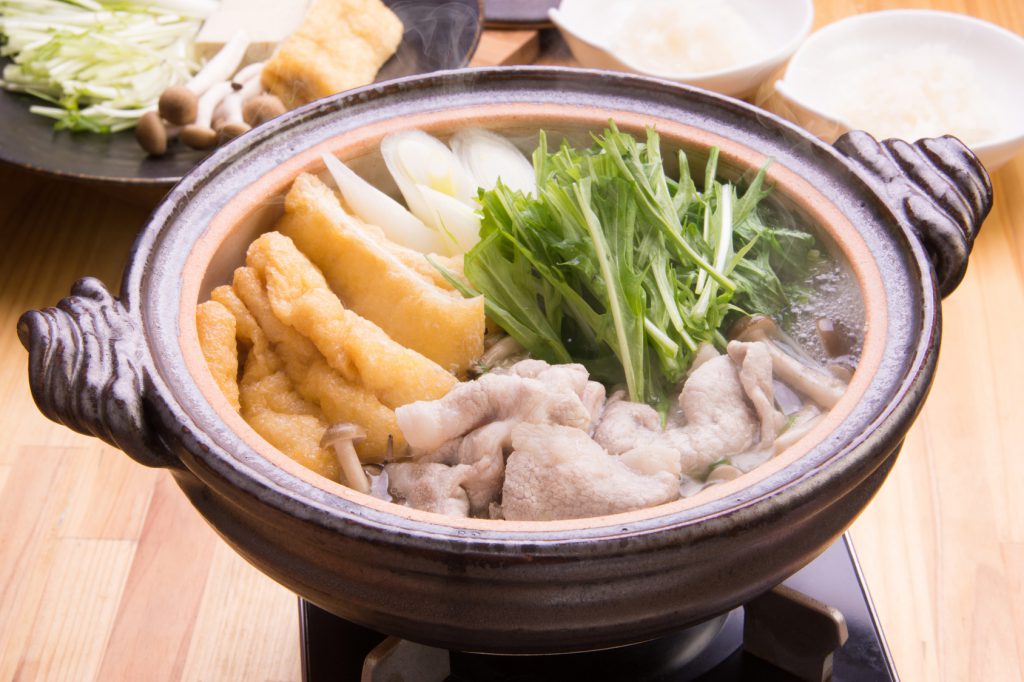
☑〈材料〉
・豚バラ肉 100~200ℊ
・冷凍水菜 1袋分
・白だし 大さじ2杯
・酒 大さじ2杯
<How to make>
1) If the pork belly is large, cut it into bite-sized pieces.
2) Put the frozen mizuna in a pot, place a slice of pork belly on top, and pour in the white soup stock and sake.
3) Cover with a lid and heat for 10 to 15 minutes to steam-fry.
4) Dip it in your favorite sauce and enjoy.
You can also enjoy it by adding your favorite toppings such as fried tofu or green onions.
Colored with mizuna ◎Easy udon with egg and tomato

Source: https://cookpad.com/recipe/4056789
☑〈材料1人分〉
・水:白だし 5:1
・ミニトマト 5個
・冷凍水菜 1つかみ
・たまご 1個
・生姜 少々
・冷凍うどん麺 1玉
<How to make>
1) You can use boiled udon noodles, but if you use frozen udon noodles, heat them in the microwave for about 4 minutes in the bag.
2) Put water, white soup stock, halved cherry tomatoes, and ginger in a small pot and bring to a boil.
3) Once boiling, add noodles and eggs and bring to a boil again.
4) Once it's in a bowl, top with the frozen mizuna and it's done.
If you are concerned about the temperature of the udon dropping when you put frozen mizuna on top, add the mizuna at the end of step 3) and let it warm up a little.
Convenient for lunch boxes! Stir-fried mizuna and fried rice
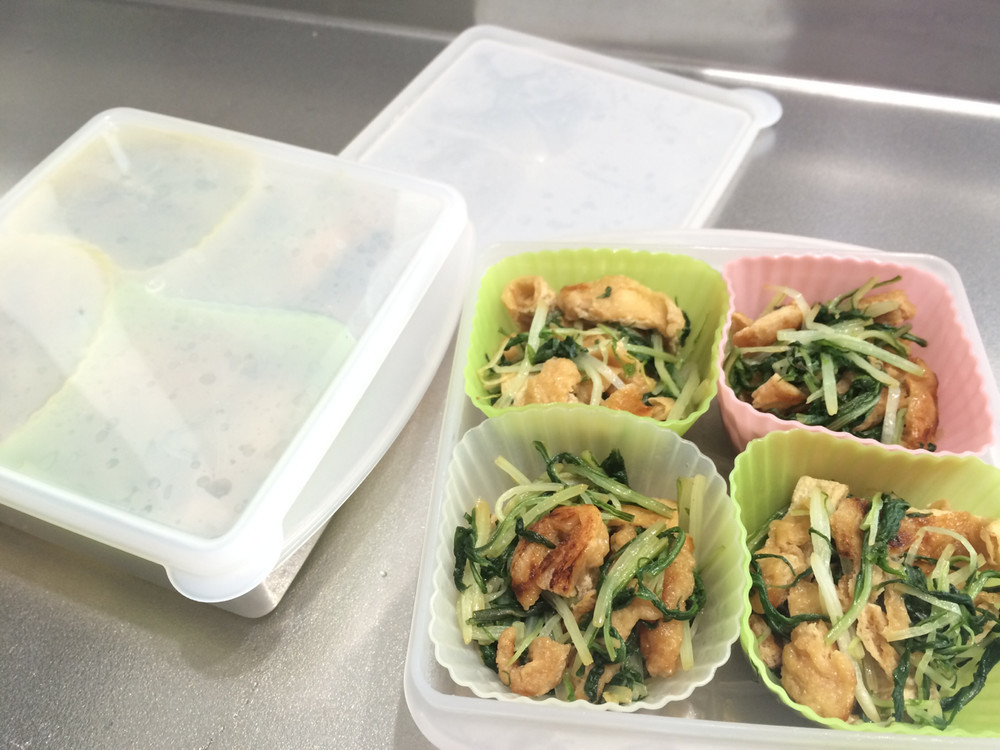
Source: https://cookpad.com/recipe/3718866
☑〈材料 お弁当カップ8個分〉
・水菜 3束
・油揚げ 2枚
・しょう油 大さじ2
・みりん 大さじ1
・だしの素 小さじ2
<How to make>
1) Wash the raw mizuna and cut into roughly 3cm pieces, and cut the fried tofu into strips.
2) Heat a frying pan, add fried tofu without oil, and lightly fry for 2 to 3 minutes.
3) Add the mizuna and stir-fry. When it becomes soft, add all the seasonings and stir-fry lightly. It's done.
You can enjoy it deliciously by making it using frozen mizuna or by putting the finished stir-fry in a bento cup and freezing it.
However, it is not recommended to refreeze stir-fries made using frozen mizuna.
easy! Volume! Mizuna and tuna dip

Source: https://cookpad.com/recipe/3588857
☑〈材料2人分〉
・茹でてから冷凍した水菜 1袋分
・ツナ 70ℊ(1缶)
・麺つゆ(3倍濃縮) 大さじ1
・粗くすった白ごま 大さじ1
・天かす 適量
<How to make>
1) Defrost mizuna naturally.
2) Mix well-drained tuna with mizuna, white sesame, and mentsuyu.
3) Place on a plate and top with tenkasu just before eating.
early! delicious! cheap! Kimchi soup with mizuna and tofu

Source: https://cookpad.com/recipe/4295432
☑〈材料3人分〉
・冷凍水菜 2束分
・豆腐 2丁
・キムチ 1/2パック
・ごま油 適量
・水 200㏄
・鶏ガラスープの素 大さじ2~3
<How to make>
1) Heat sesame oil in a pot and fry the mizuna until tender.
2) Add kimchi and stir-fry lightly, then add water and chicken stock and bring to a boil.
3) Add the tofu, tearing it up with your hands, and simmer it until it's done.
If you like, you can add mushrooms, bean sprouts, green onions, etc. to make it even more delicious.
If you add rice, udon, mochi, etc. and top it with an egg, you'll be full on its own.
Conclusion
How do you store mizuna in the freezer?
Cheap and nutritious mizuna can be frozen for long-term storage while maintaining freshness and nutrition.
Mizuna, a leafy vegetable, dries quickly and does not have a long shelf life, so we recommend using it in a salad on the day you buy it and then freezing the rest.
Try freezing mizuna, which is convenient when you don't have enough color or nutrition.
>> Click here for how to freeze meat
>> Click here for how to freeze fish
>> Click here for other ways to freeze vegetables








![[Storage period increased by 30 times! ] Achieving a stable supply of raw whitebait!](https://shunkashutou.com/wp-content/uploads/2016/11/579c55e6d32e1385c250e8e7c3ed59a71.jpg)
![[Sales increased 100 times! ] rapid freezing the signature menu “Ni-katsu sandwich”!](https://shunkashutou.com/wp-content/uploads/2016/11/IMG_02391.jpg)
![[Horse sashimi] We have significantly reduced waste loss with rapid freezer!](https://shunkashutou.com/wp-content/uploads/2016/11/5fda59d0cbcdabde18e58c3c58c09ed0.jpg)




![[Storage period increased from 3 days to half a year! ] Restaurants are expanding their business using wholesale and mail order!](https://shunkashutou.com/wp-content/uploads/2018/04/66c19942ab4ba346fdb64ccc04cde373.png)
![[Reduce loss from 200 kg of oysters to zero] Improve loss and expand business with rapid freezer](https://shunkashutou.com/wp-content/uploads/2018/06/19785ca583a8d3c4041c7c192d041b0d.jpg)














![[Save onions in the freezer! ] Introducing storage methods and recipes with photos](https://shunkashutou.com/wp-content/uploads/2023/10/9d2c1259f1c42d7a0e3b61af361e5da8.jpg)
![[Can it be frozen? ] How to freeze mashed potatoes, how long they can be stored, and how to use them](https://shunkashutou.com/wp-content/uploads/2023/09/b7f3f25102051473b7c2f9452840a6f4.jpg)
![[Should be frozen! ? ] How to freeze and thaw bread, 5 carefully selected recipes!](https://shunkashutou.com/wp-content/uploads/2023/10/4691acc32cab80284fa0cddf72d58e95.jpg)
![[Which products are popular? ! ] Recommended frozen food ranking](https://shunkashutou.com/wp-content/uploads/2023/08/frozen-food-ranking-1024x682-1.jpg)
![[Explanation with photos! ] How to freeze pork, expiration date, and 5 recipes!](https://shunkashutou.com/wp-content/uploads/2023/10/8688cd28f298c3180c30169cec815293.jpg)
![[Can it be frozen? ] How to freeze konjac and diet recipes](https://shunkashutou.com/wp-content/uploads/2023/09/ec03b3e5cdefedf8f295de7ebb781752.jpg)
![Introducing how to freeze/thaw salmon roe and how long to store it [includes carefully selected recipes]](https://shunkashutou.com/wp-content/uploads/2023/09/236b884b68d07d2f5983f2b9ea66583d.jpg)

![[Includes grilling instructions] How to freeze hamburger steak, storage period, and carefully selected recipes!](https://shunkashutou.com/wp-content/uploads/2023/09/eb3a531f7fd023f973240f698c092b64.jpg)
![[Explaining how to freeze fish! ] Introducing storage period and thawing method!](https://shunkashutou.com/wp-content/uploads/2023/08/a794d4ac4e5f56cd881ba06a0edf9449.jpg)
![[Delicious frozen foods] How to use them in lunch boxes, dinners, and snacks](https://shunkashutou.com/wp-content/uploads/2023/08/frozen-food-1024x683-1.jpg)
![How to freeze natto, expiration date, baby food and carefully selected recipes [Explanation with photos! ]](https://shunkashutou.com/wp-content/uploads/2023/07/055e5e865986b68d11c3f49f11ea6008.jpg)
![Introducing how to freeze corn and recipes [Explanation with photos! ]](https://shunkashutou.com/wp-content/uploads/2023/08/195a6cd4120bbae043606a677c71a7dc.jpg)

![[Introducing trick techniques! ] How to freeze and thaw pancakes](https://shunkashutou.com/wp-content/uploads/2023/09/4f2e9d04709f0c4e5c1769985a49ac8b.jpg)
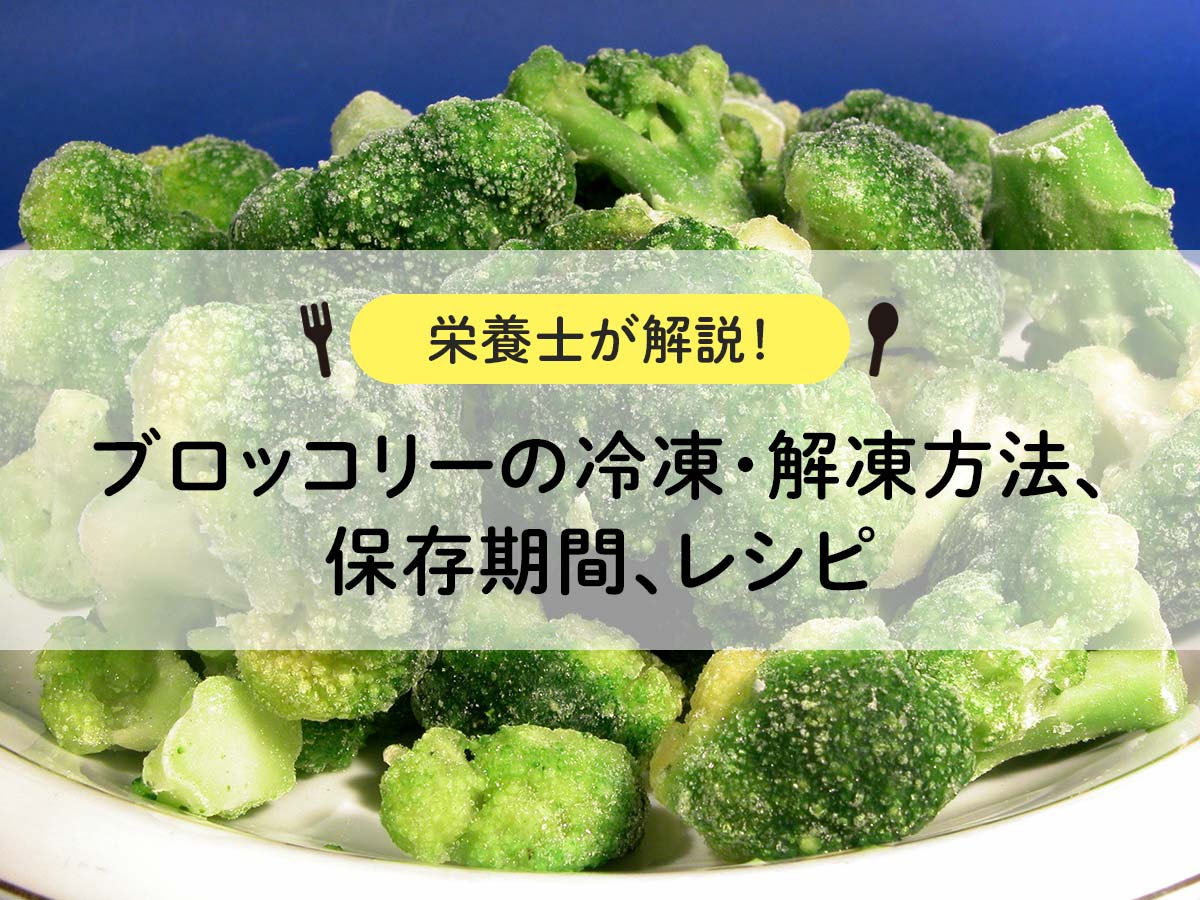
![Explaining how to freeze garland chrysanthemums with photos! [Defrosting and storage period, 5 recipes]](https://shunkashutou.com/wp-content/uploads/2023/10/syungiku-catch-768x512-1.jpg)

![How to freeze zucchini and 5 recipes! [Explanation with photos! ]](https://shunkashutou.com/wp-content/uploads/2023/10/zucchini6-768x512-1.jpg)
![Introducing the method and recipe for freezing green onions [Explanation with photos]](https://shunkashutou.com/wp-content/uploads/2023/09/negi5-768x512-1.jpg)
![How to freeze parsley, nutrition, and 5 easy recipes! [Solved with photos! ]](https://shunkashutou.com/wp-content/uploads/2023/09/paseri-768x513-1.jpg)
![[Distribute high quality mangoes! ] New frozen processing of mangoes using rapid freezing!](https://shunkashutou.com/wp-content/uploads/2024/08/4e9ff0df5721aa6f8fbdfae6d56ad787.webp)
![[Explanation with photos! ] Shiitake mushroom freezing method and storage period, 5 recipes](https://shunkashutou.com/wp-content/uploads/2023/09/shiitake-768x512-1.jpg)
![[Explanation with photos! ] How to freeze taro, storage period, and 5 recipes!](https://shunkashutou.com/wp-content/uploads/2023/10/116858380_-768x512-1.jpg)


![How to freeze potatoes and a great time-saving recipe! [Moms must see! ]](https://shunkashutou.com/wp-content/uploads/2023/10/potato1-768x512-1.jpg)
![[Must-see for beginners] What's so great about rapid freezers? Easy-to-understand explanation of the mechanism and benefits!](https://shunkashutou.com/wp-content/uploads/2020/12/9abf7961bd75c2a2af6fb61767b4fdb1-1.webp)
![Introducing how to freeze and thaw whitebait, as well as recipes for its use [Full of nutrition! ]](https://shunkashutou.com/wp-content/uploads/2023/10/04d15012ec36f91a5574f63dfa9d4771.jpg)
![[Explanation with photos! ] Introducing the method and recipe for freezing komatsuna](https://shunkashutou.com/wp-content/uploads/2023/09/5d2a19a6e6cfb5ad0329d8fce162f292.jpg)


![[Explanation with photos] How to freeze winter melon, storage period, and 5 recipes!](https://shunkashutou.com/wp-content/uploads/2023/10/8c301e3fcfbb9c7f457d8b05dfea902d.jpg)
![[Recommended for those living alone! ] How to freeze rice, storage period, and easy recipes!](https://shunkashutou.com/wp-content/uploads/2023/08/b3c2c946949856ed2c8a8098eacf6641.jpg)
![How to freeze cucumbers and 5 recipes! [Explanation with photos! ]](https://shunkashutou.com/wp-content/uploads/2023/09/37a83e91a989dfbc285ac11dede7c8c2.jpg)
![[Explanation with photos] How to freeze meat sauce, storage period, and 5 recipes!](https://shunkashutou.com/wp-content/uploads/2023/09/efa7161a08e57ef763d9e19623c7669c.jpg)

![[Can it be frozen? ] Introducing the recipe and how to freeze potato salad!](https://shunkashutou.com/wp-content/uploads/2023/10/3c640cd23d65764c14f701d25970ed59.jpg)
![[Explanation with photos] How to freeze nagaimo, storage period, and 5 recipes!](https://shunkashutou.com/wp-content/uploads/2023/09/c46c238f2048d76de403dfd81ddad1f3.jpg)
![Freezing garlic, storage period, and 5 recipes! [Explanation with photos! ]](https://shunkashutou.com/wp-content/uploads/2023/10/30693b4b122ff6c57afff367b35bc861.jpg)
![[Explanation with photos! ] How to freeze beef, storage period, and 5 recipes!](https://shunkashutou.com/wp-content/uploads/2023/07/8717f2a867f52157bab47841b0f29019.jpg)
![How to freeze mushroom mushrooms, storage period, and 5 recipes! [Explanation with photos! ]](https://shunkashutou.com/wp-content/uploads/2023/09/4b6ffe2ef040e90085b4ee4f0c3e72a9.jpg)
![[Can it be frozen? ] How to freeze cabbage rolls, storage period, and recipe](https://shunkashutou.com/wp-content/uploads/2023/10/f5c1db9a17ef7843ffd45f5ccb160ed5.jpg)
![[Can it be frozen? ] Introducing a good way to freeze green peppers and side dish recipes](https://shunkashutou.com/wp-content/uploads/2023/09/30407f106c5c082468c66af0d40c5858.jpg)
![[How long does it last? ] How to freeze cooked rice and how long it can be stored](https://shunkashutou.com/wp-content/uploads/2023/10/7e31499b015d58f220536e3274a41bf2.jpg)
![[How to freeze and store clams to improve nutrition] How to freeze and thaw clams and 5 recipes!](https://shunkashutou.com/wp-content/uploads/2023/07/ecfa61188368277d34c95d6667bf15fe.jpg)
![[Need to know] 7 points to thaw frozen crab deliciously](https://shunkashutou.com/wp-content/uploads/2023/08/394440560c05fb5b512d75b81a3fae4f.jpg)
![[Explanation with photos! ] How to freeze and fry croquettes, 5 carefully selected recipes](https://shunkashutou.com/wp-content/uploads/2023/09/b364ee97a71777f9dd2e35fddbbdda72.jpg)
![Explaining how to freeze tempura with photos! [Storage period, thawing, carefully selected recipes]](https://shunkashutou.com/wp-content/uploads/2023/10/51f33cde78d02d01a9e827132e4f069d.jpg)

![[With photos] Lemon freezing and storage period, recipes for how to use frozen lemons](https://shunkashutou.com/wp-content/uploads/2023/09/21a01b705aff194717e200bf6dc6ce5b.jpg)
![How to freeze/thaw turnips, storage period, and 5 recipes [Explanation with photos]](https://shunkashutou.com/wp-content/uploads/2023/09/eae0789d04cc4971cf4232963b4d2231-1.jpg)
![[Explanation with photos! ] How to freeze green beans, storage period, and 5 recipes](https://shunkashutou.com/wp-content/uploads/2023/09/f3dbbe5b1d05a50f514a833efdceced9.jpg)
![[Can it be frozen?] Stew freezing method, storage period, and arrangement recipe](https://shunkashutou.com/wp-content/uploads/2023/10/f599b814ea21eef57604e4ceb2518d5b-1.jpg)
![[It's good to know! ] Introducing how to freeze curry, how long to keep it frozen, and how to thaw it |](https://shunkashutou.com/wp-content/uploads/2023/08/5de5495c896622dc896a8f23d9528300.jpg)
![[Explanation with photos! ] How to freeze saury, storage period, and 5 recipes!](https://shunkashutou.com/wp-content/uploads/2023/10/fff0f92d808aca2392b3eb576f218f08.jpg)
![[Fruit becomes dessert! ] How to freeze kiwi and sweets recipes](https://shunkashutou.com/wp-content/uploads/2023/09/ecc0fc2bc14391ea13ce2e7a43d1416e.jpg)
![Introducing how to freeze carrots and recipes [Explanation with photos! ]](https://shunkashutou.com/wp-content/uploads/2023/08/837a12b0247130309b466717f2b8c53c.jpg)
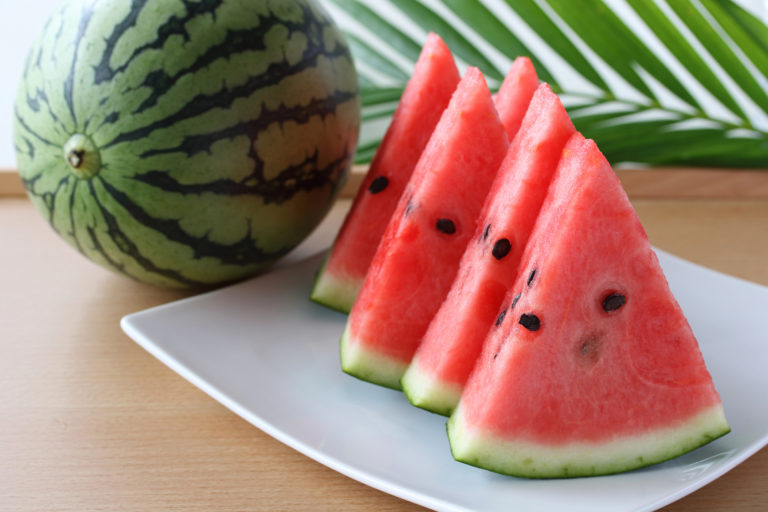
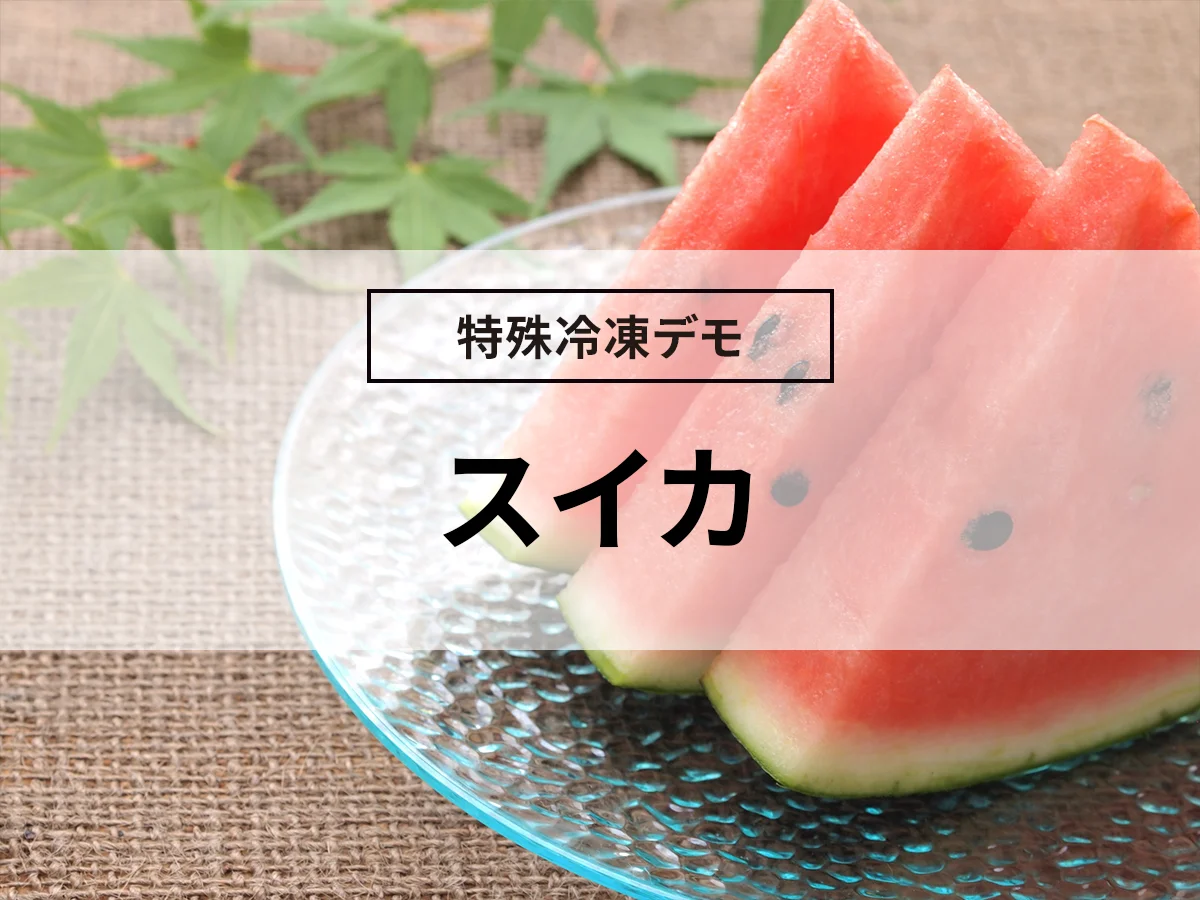
![Introducing recipes and methods for freezing spinach [Explanation with photos! ]](https://shunkashutou.com/wp-content/uploads/2023/10/spinachh-768x512-1.jpg)
![[For the lunch box manufacturing industry] Business issues can be solved by using rapid freezing!](https://shunkashutou.com/wp-content/uploads/2024/04/f93f171f5d29bdb15c4b8d06e244b002.jpg)
![[Rapid freezers in 2021] Market Trends and Customer Success Stories](https://shunkashutou.com/wp-content/uploads/2020/12/7F9A9CB9-A494-4E6A-946E-079279C596E6.jpeg)
![[Can it be frozen? ] 5 recipes for yogurt freezing and shelf life!](https://shunkashutou.com/wp-content/uploads/2023/10/yogurt-catch-768x512-1.jpg)
![[Current situation and countermeasures for food loss] What are efforts to reduce food waste and rapid freezing? ?](https://shunkashutou.com/wp-content/uploads/2024/04/ddc2c5b7fa32b837dcbdcd1ab68e9087.jpg)
![[How to use leftover sashimi! ] Introducing frozen preservation methods and arrangement recipes](https://shunkashutou.com/wp-content/uploads/2023/10/7451dbe2231dbc559fe002350b8add67.jpg)
![[Agriculture] Advantages and success stories of introducing rapid freezer](https://shunkashutou.com/wp-content/uploads/2015/05/jirei_nogyo_img_01.jpg)
![[Improve customer satisfaction] What can be solved by introducing rapid freezer at a lunch box delivery company for the elderly?](https://shunkashutou.com/wp-content/uploads/2024/07/c8a5aa8730d5ae7441fd1aa6ee8757ef.webp)
![How to freeze rice cake, expiry date, and 5 recipes! [Explanation with photos! ]](https://shunkashutou.com/wp-content/uploads/2023/10/bd019f04ad570f697ffefe9ffd2e1e71.jpg)
![Explanation with photos of how to freeze miso soup and how to make miso balls [Carefully selected recipes]](https://shunkashutou.com/wp-content/uploads/2023/09/83d5bdbdcb7303dde33d5cf227b5ee9c-1.jpg)
![[Secret Technique] Introducing the freezing preservation and remake recipe of Kinpira Burdock!](https://shunkashutou.com/wp-content/uploads/2023/09/4c4b704274331befeed83cc4493acb75-1.jpg)
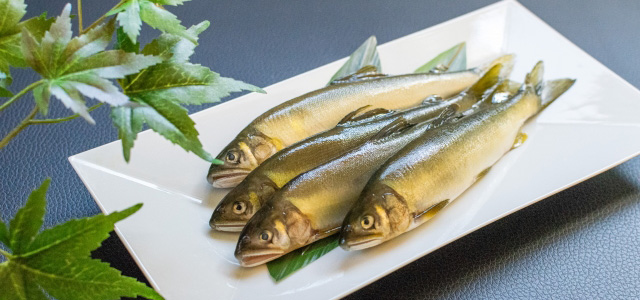

![[8 times more nutrition! ] Introducing how to freeze clams, storage period, and 5 recipes](https://shunkashutou.com/wp-content/uploads/2023/10/57204e2a2f115f810e29e365cfc86638.jpg)
![How to freeze sweet potatoes, storage period, and 5 recipes! [Explanation with photos! ]](https://shunkashutou.com/wp-content/uploads/2023/10/36256af24531b73a036523ba73bdf9ec.jpg)
![[Boiled eggs can be frozen! ] How to freeze boiled eggs, storage period, and recipe introduction](https://shunkashutou.com/wp-content/uploads/2023/07/e9e8eb9cedf1c8fe2dea6d08c136952e.jpg)
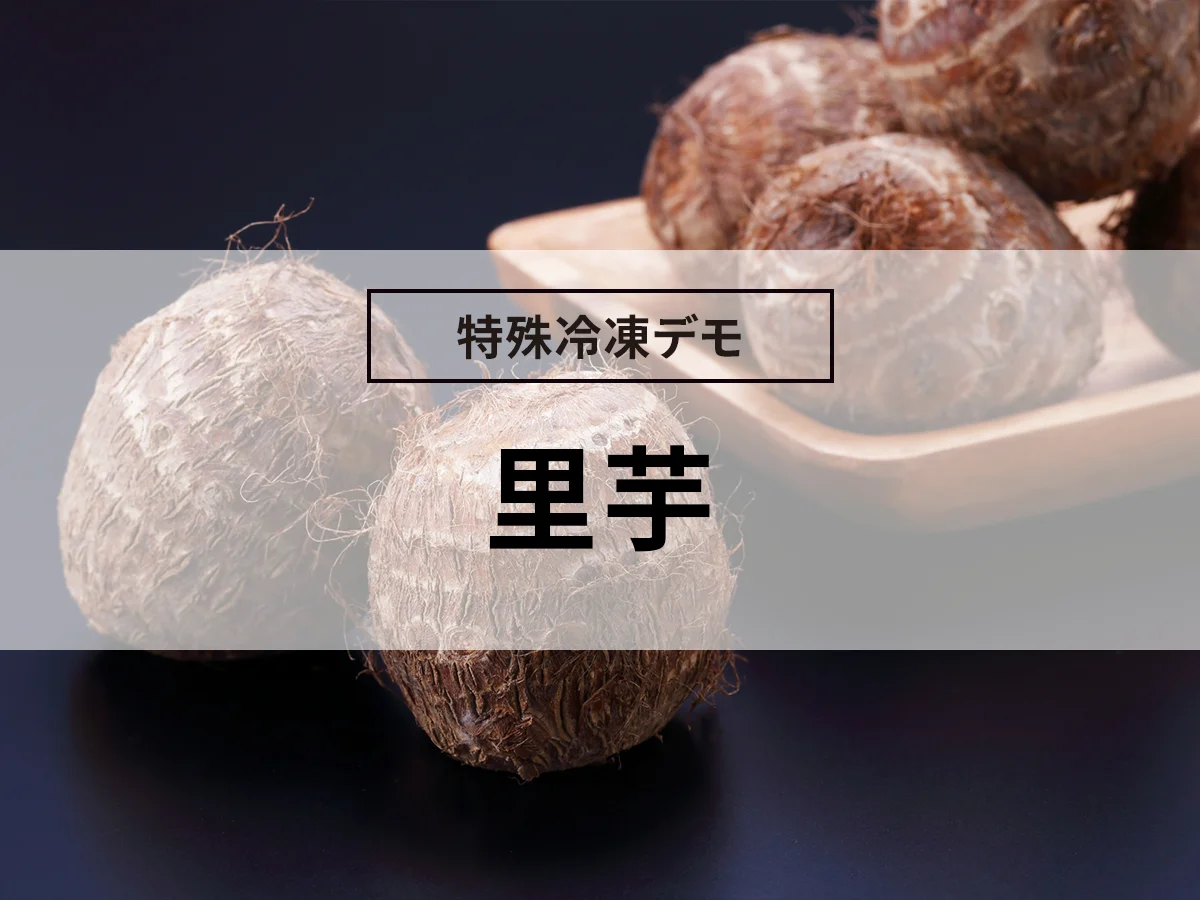
![How to freeze delicious strawberries and 5 recipes! [Explanation with photos! ]](https://shunkashutou.com/wp-content/uploads/2023/09/1509eaf30e7a2fc1b5bbc88ae15a4034-1.jpg)



